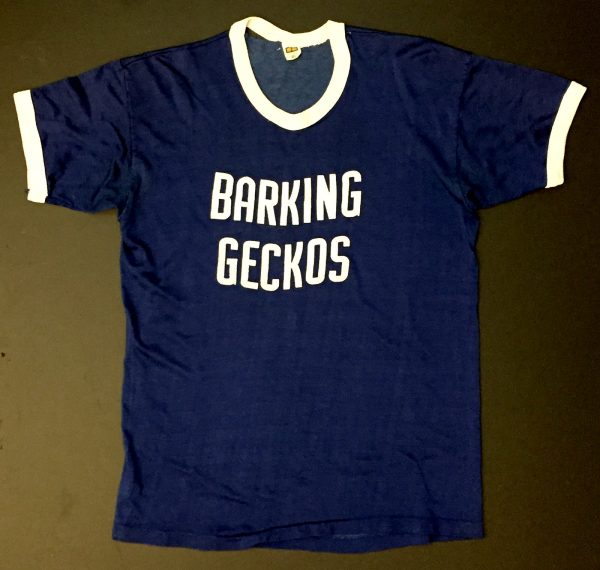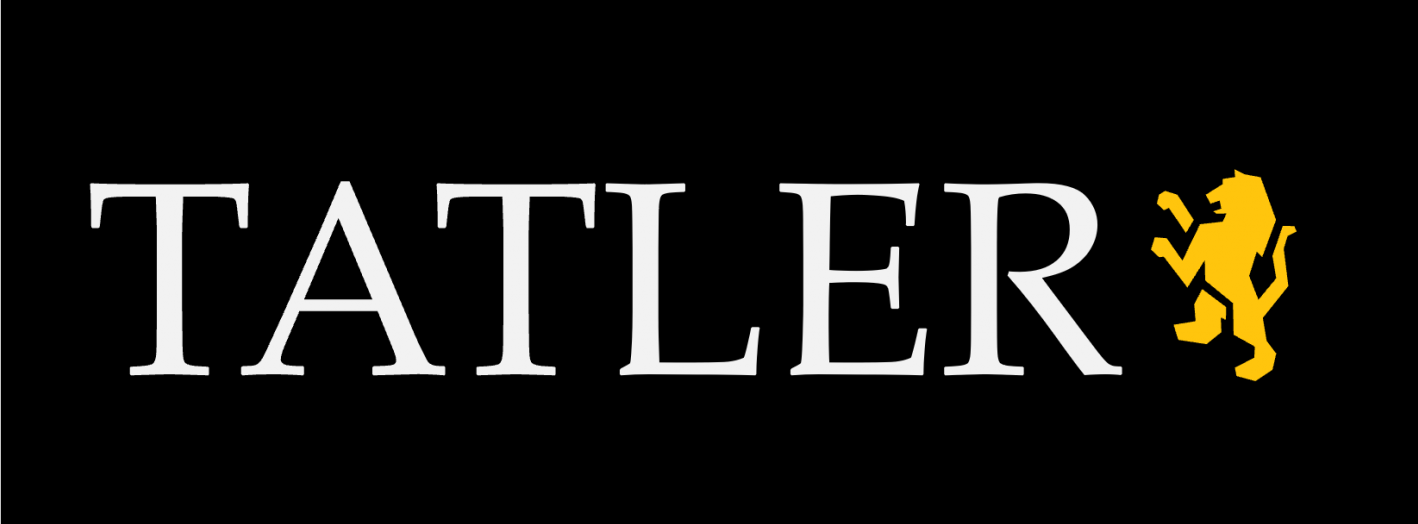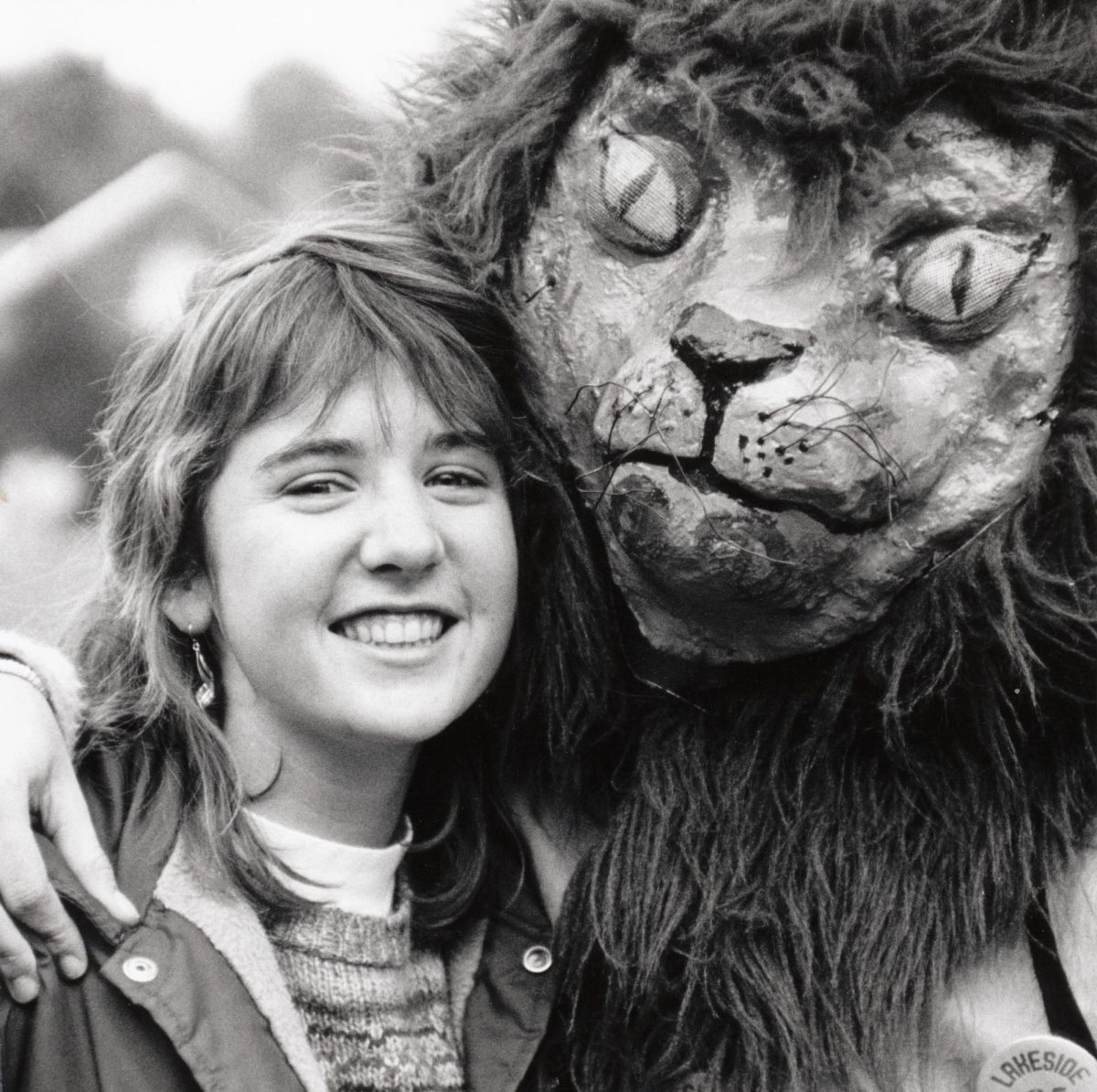Lakeside’s mascot is famously Leo the Lion, as he has been since his selection in 1935 over Wolverines (the previous mascot) and Privateers (a type of pirate). Our mascot is a distinctive expression of who we are as a school: brave and resilient. Even so, we tend to overlook our energetic symbol despite his prevalence in our cheers and branding. Indeed, behind the furry façade is a perplexing and storied past.

Lakesiders weren’t always so complacent with their friendly leonine representative. In February of 1971, for instance, a letter to the Tatler editors from staff writer Lars Erickson claimed that the lion mascot “lacks class.” His suggestion? Replace our beloved lion with the Barking Gecko, “a house lizard of the Southwest which… emits a harsh, barking sound when angered.” The proposal faced renewed interest after a Tatler retrospective in September of 1973. In a letter to the editors that month, a student noted that barking geckos are not native to the Pacific Northwest, despite going on to recommend that Lakeside acclimatize some geckos in a greenhouse until they can “roam around the campus and bark at the beginning of each period.” Another still called the proposed mascot change “Bozo-Brained” and pointed out that geckos, unlike Lakesiders, cannot swim. A third letter in the very same issue called geckos’ bodies “well-proportioned,” among other things, and saw no reason why the Barking Geckos name should not grace Lakeside’s apparel. A T-shirt donated to the Lakeside archives by alumnus John Nuler ’71 shows it did. On the Tatler’s own website, Brien Kinkel ’73 noted in a comment that the Barking Gecko craze offered an escape from flaring tensions relating to the Vietnam War and civil rights. Like all dubiously good things, the movement came to a close in 1974 when the student body voted to keep the lion.
Yet, despite the vote, students’ reactions to the lion mascot — especially in its physical form — remain… contentious. From my own experience performing in this year’s Community Night, I can attest that being a mascot is not an easy task. As one would expect, the shaggy suit and cartoonish head kept me more than warm and left me out of breath after mere minutes. This condition was made worse by the expectation that I maintain constant, exaggerated motion, and I eventually had to take brief breaks in an isolated room every 20 minutes. On top of this, a group of Middle School students found it hilarious to sneak up behind me, pull on my mane, and punch my face repeatedly. I had to establish a boundary, express disapproval, and end conflict all while remaining nonverbal and enthusiastic. In spite of all of this, I wholeheartedly enjoyed the mascot experience. I enjoyed the extra challenge of finding inventive ways to communicate, and I even stayed in costume well after the speeches to visit each table and take a few photos. As sappy as it sounds, I felt gratified that I put a smile on the faces of people in my community with each interaction — that and the fact that I didn’t have to bark for the role.


